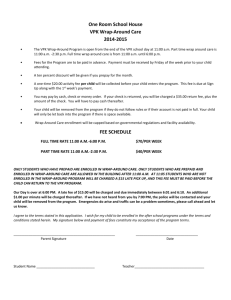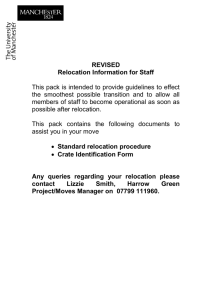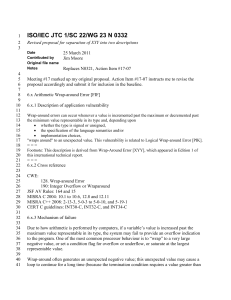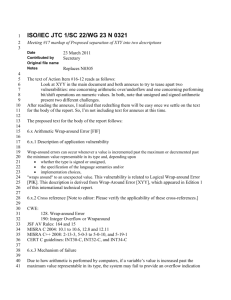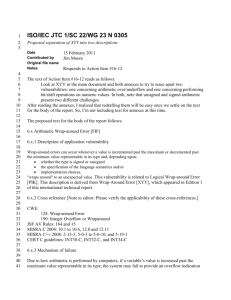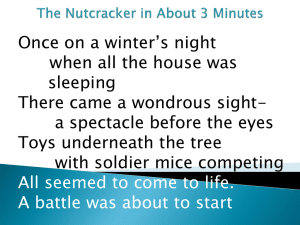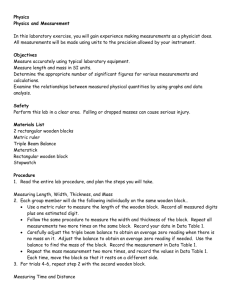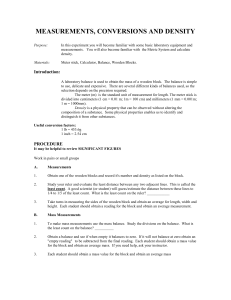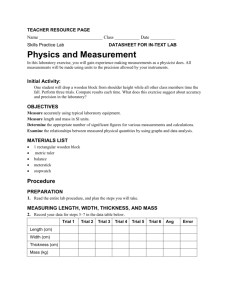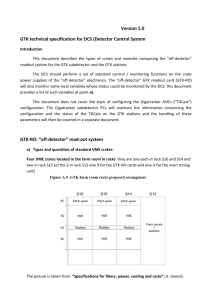Cutting Edge - Protecting and Shipping Odd Shaped or Heavy Parts
advertisement
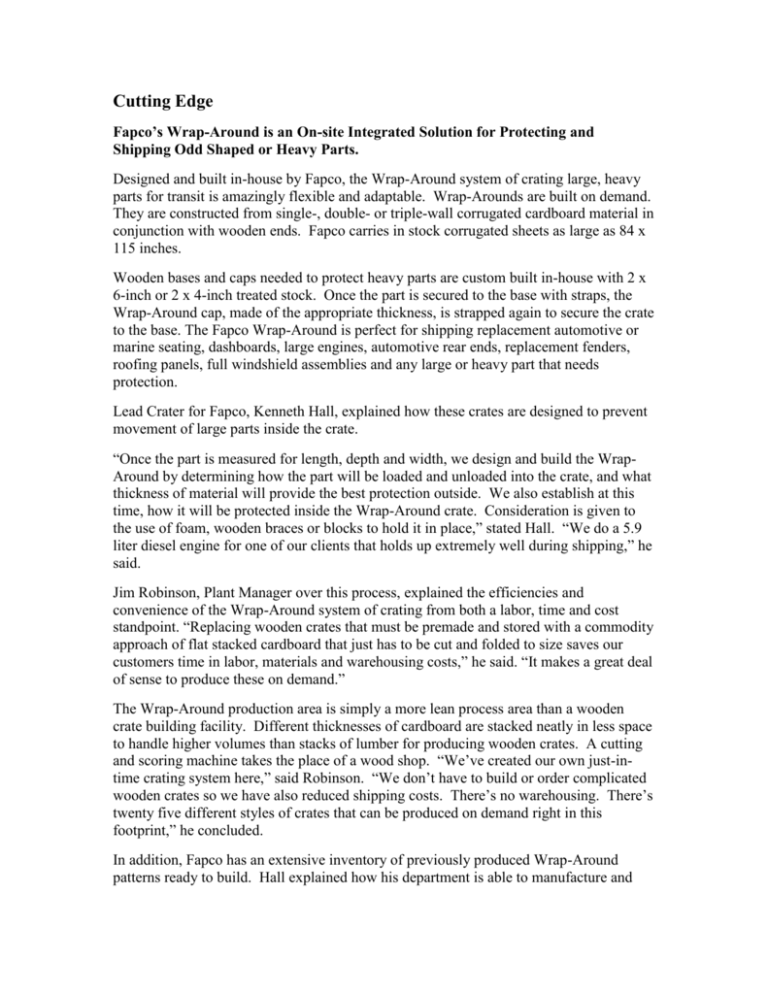
Cutting Edge Fapco’s Wrap-Around is an On-site Integrated Solution for Protecting and Shipping Odd Shaped or Heavy Parts. Designed and built in-house by Fapco, the Wrap-Around system of crating large, heavy parts for transit is amazingly flexible and adaptable. Wrap-Arounds are built on demand. They are constructed from single-, double- or triple-wall corrugated cardboard material in conjunction with wooden ends. Fapco carries in stock corrugated sheets as large as 84 x 115 inches. Wooden bases and caps needed to protect heavy parts are custom built in-house with 2 x 6-inch or 2 x 4-inch treated stock. Once the part is secured to the base with straps, the Wrap-Around cap, made of the appropriate thickness, is strapped again to secure the crate to the base. The Fapco Wrap-Around is perfect for shipping replacement automotive or marine seating, dashboards, large engines, automotive rear ends, replacement fenders, roofing panels, full windshield assemblies and any large or heavy part that needs protection. Lead Crater for Fapco, Kenneth Hall, explained how these crates are designed to prevent movement of large parts inside the crate. “Once the part is measured for length, depth and width, we design and build the WrapAround by determining how the part will be loaded and unloaded into the crate, and what thickness of material will provide the best protection outside. We also establish at this time, how it will be protected inside the Wrap-Around crate. Consideration is given to the use of foam, wooden braces or blocks to hold it in place,” stated Hall. “We do a 5.9 liter diesel engine for one of our clients that holds up extremely well during shipping,” he said. Jim Robinson, Plant Manager over this process, explained the efficiencies and convenience of the Wrap-Around system of crating from both a labor, time and cost standpoint. “Replacing wooden crates that must be premade and stored with a commodity approach of flat stacked cardboard that just has to be cut and folded to size saves our customers time in labor, materials and warehousing costs,” he said. “It makes a great deal of sense to produce these on demand.” The Wrap-Around production area is simply a more lean process area than a wooden crate building facility. Different thicknesses of cardboard are stacked neatly in less space to handle higher volumes than stacks of lumber for producing wooden crates. A cutting and scoring machine takes the place of a wood shop. “We’ve created our own just-intime crating system here,” said Robinson. “We don’t have to build or order complicated wooden crates so we have also reduced shipping costs. There’s no warehousing. There’s twenty five different styles of crates that can be produced on demand right in this footprint,” he concluded. In addition, Fapco has an extensive inventory of previously produced Wrap-Around patterns ready to build. Hall explained how his department is able to manufacture and replicate crates to meet customer specifications. “When we get new parts in to build a Wrap-Around, I make a work print of the measurements so we know where to score it, where to cut it and have a record on hand in our filing systems to pull when the time comes to make another,” he concluded. “We still ship with wooden crates, but this is a great alternative.” Wrap It Up Fapco’s Wrap-Around is More Cost Effective—Less material cost, less warehousing cost, less shipping cost and reduced labor cost than building wooden crates. Improved Turnarounds—Since Wrap-Around does not have to be preordered, warehoused or produced ahead of time it allows for faster turns. Each box is fabricated the same, on-site and just in time, to allow parts received to ship the same day.
